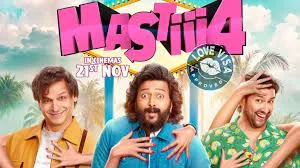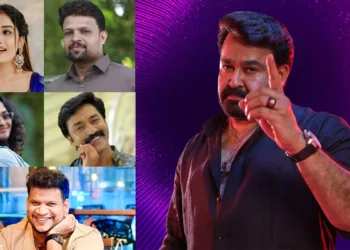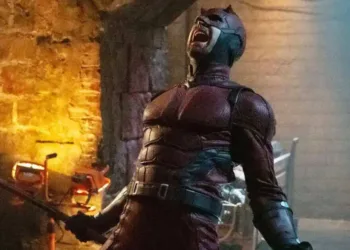The long-awaited return of One Piece has brought with it not just the continuation of the Egghead Island arc, but a renewed wave of controversy among the fandom. Episode 1123, which aired on April 6, 2025, has once again placed Toei Animation under scrutiny for its portrayal of Vinsmoke Sanji, the Straw Hat Pirates’ chivalrous cook with a notorious weakness for beautiful women. While Sanji’s occasional love-struck behavior has been a running gag since the series’ inception, many dedicated fans have observed a troubling pattern in how the anime adaptation frequently exaggerates this trait beyond what exists in Eiichiro Oda’s original manga.
This disparity between source material and adaptation has sparked heated debates across social media platforms, with many Sanji supporters arguing that Toei systematically undermines the character’s dignity and complexity by reducing him to comic relief. As the Egghead Island arc progresses with high stakes and significant character development for many Straw Hats, this latest episode has become a flashpoint in the ongoing discussion about adaptation choices, character interpretation, and whether certain beloved pirates are getting the respect they deserve.
Table of Contents
Is Toei Animation Unfairly Portraying Sanji? Evidence From One Piece Episode 1123
The controversy surrounding Toei Animation’s treatment of Sanji has reached a boiling point with the release of One Piece episode 1123, where discrepancies between the manga and anime have once again become apparent. As the Straw Hat Pirates hold Vegapunk York captive on Egghead Island, the episode depicts Sanji in a notably flirtatious manner toward Jewelry Bonney, complete with heart-shaped eyes and exaggerated reactions. This characterization has drawn immediate criticism from manga readers who quickly pointed out that the original chapter contained no such interaction between these characters, with Sanji simply preparing and serving meals without any over-the-top romantic overtures.
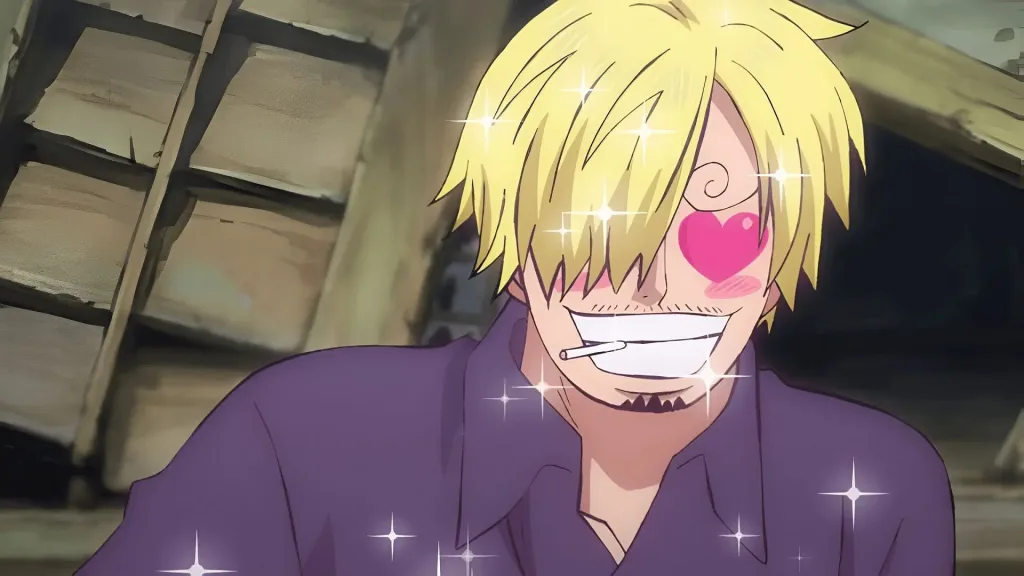
This creative liberty taken by Toei Animation represents just the latest instance in what many fans perceive as a pattern of embellishing Sanji’s character with additional “lovesick cook” moments that weren’t present in Oda’s original work. The studio’s decision to insert these anime-original scenes has particularly frustrated devoted Sanji supporters who feel the character is being consistently reduced to a one-dimensional caricature, rather than the multifaceted fighter and loyal crewmate portrayed in the manga. Rather than highlighting his culinary expertise, tactical intelligence, or combat prowess, these additions emphasize his weakness for women at the expense of his other defining characteristics.
Another point of contention in episode 1123 centers around a seemingly minor but symbolic exclusion. Manga readers noticed that Sanji was visibly absent from an anime scene showing the Straw Hat Pirates standing beside the captured York, despite being present in the corresponding manga panel. This omission, while perhaps insignificant in isolation, takes on greater meaning when viewed as part of what fans perceive as a systematic diminishment of the character’s importance and dignity. Such editing choices fuel the narrative that Toei Animation may harbor some form of bias against the Black Leg of the Straw Hat Pirates.
The pattern extends beyond this single episode, with fans citing a recent example from earlier in the Egghead Arc involving Sanji’s interaction with Stussy. In that instance, Toei significantly extended and emphasized Sanji’s exaggerated reaction to the female character, playing up his nosebleed-inducing infatuation for comedic effect. While these moments are designed to provide humor, the cumulative effect of these anime-original additions has left many fans questioning whether the studio is intentionally undermining one of the series’ most complex characters.
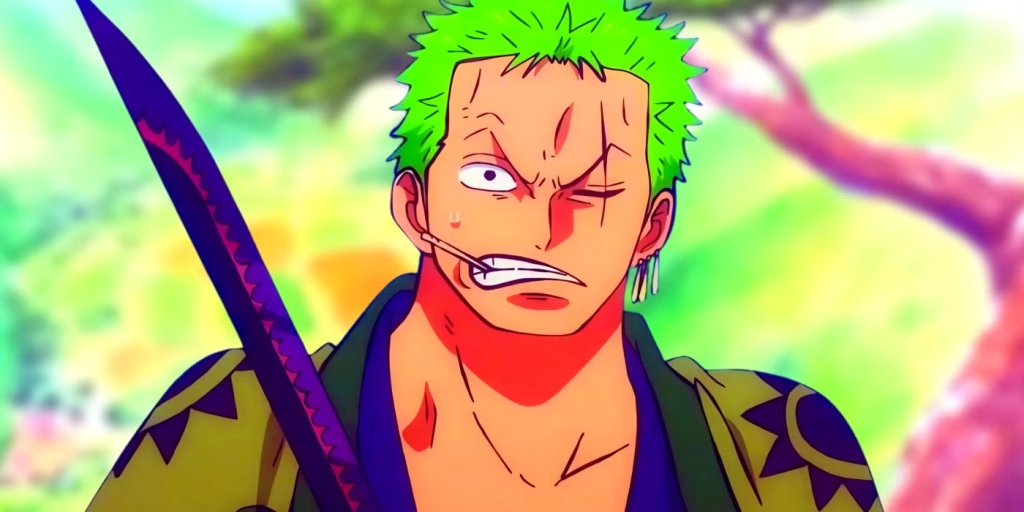
Social media has become the battleground for this debate, with hashtags like #JusticeForSanji trending after episode releases that feature such disparities. One viral tweet comparing manga panels to anime screenshots garnered over 15,000 retweets, demonstrating the passion behind this segment of the fandom. These fans argue that by consistently amplifying Sanji’s flirtatious behavior beyond what Oda originally depicted, Toei risks misrepresenting the character to viewers who haven’t read the manga, potentially affecting how new fans perceive him in the broader One Piece narrative.
| Aspect | Manga Portrayal | Anime Adaptation (Episode 1123) |
|---|---|---|
| Sanji’s Interaction with Bonney | Professional, simply serving food | Flirtatious, with exaggerated reactions and dialogue |
| Presence During York’s Capture | Present with other Straw Hats | Excluded from the group scene |
| Focus on Character Traits | Balanced portrayal of cooking skills and crew loyalty | Emphasis on romantic interest in female characters |
| Anime-Original Content | N/A | Added scenes highlighting his infatuation with women |
| Overall Character Presentation | Multidimensional fighter, cook, and strategist | Heavier emphasis on the “lovesick cook” aspect |
It’s worth noting that adaptation differences between manga and anime are common industry practice, often necessary for pacing, episode timing, or visual storytelling. Toei Animation frequently uses established character traits to fill runtime or transition between scenes, and Sanji’s romantic tendencies represent low-hanging fruit for creating such content. However, the consistency with which these additions target Sanji specifically has fueled perception of targeted treatment rather than standard adaptation practice.
The controversy raises broader questions about the responsibility adaptation studios have to remain faithful to the source material’s character portrayals. While some creative liberty is expected and necessary, fans argue that consistently altering a character’s behavior in one direction fundamentally changes how that character is perceived by the audience. For Sanji supporters, these continued exaggerations feel like a disservice to a character who has demonstrated tremendous growth, sacrifice, and depth throughout One Piece’s extensive run.
Crunchyroll Anime Awards 2025 Unveils Star-Studded Lineup and Epic Nominees
Frequently Asked Questions
Has Eiichiro Oda ever commented on Toei’s portrayal of Sanji in the anime?
Eiichiro Oda has never directly addressed the specific differences between his manga portrayal of Sanji and Toei Animation’s adaptation choices. As the original creator, Oda maintains oversight of the anime production and approves major creative decisions, but he rarely comments publicly on adaptation nuances. While he serves as an executive producer for the anime series, the day-to-day decisions about scene extensions, filler content, and character emphasis remain primarily with Toei’s production team. Oda’s involvement typically focuses on major story elements, character designs, and ensuring the anime doesn’t contradict future manga developments he has planned.
His public statements about the anime have generally been supportive, expressing appreciation for bringing his work to life through animation. Many industry insiders note that manga creators often accept certain adaptation changes as necessary for the different medium, particularly in long-running weekly anime series that must manage pacing differently than manga. Without direct comment from Oda, fans can only speculate whether he approves of, is neutral toward, or potentially disagrees with how Sanji’s flirtatious tendencies are amplified in certain anime episodes.
Why does Toei Animation add these Sanji scenes if they’re not in the manga?
Toei Animation likely adds or extends Sanji’s flirtatious scenes for several practical production reasons rather than from any specific bias against the character. The primary motivation is pacing management—One Piece episodes must maintain a careful distance from the manga to avoid catching up too quickly, necessitating scene extensions and added content. Sanji’s well-established character traits provide convenient, recognizable material for these extensions that viewers immediately understand without additional exposition.
These scenes also serve as comic relief in an otherwise tension-filled escape arc, offering emotional balance and providing natural transition points between more serious story elements. From a production standpoint, comedic reactions are generally less resource-intensive to animate than action sequences, helping studios manage their budget and scheduling constraints for weekly episodes. Additionally, internal metrics may suggest that certain viewers respond positively to these comedic Sanji moments, encouraging their continued inclusion despite criticism from another segment of the fandom.
Without insider information from Toei Animation’s creative team, it’s impossible to determine whether these choices reflect deliberate character undermining or simply represent the path of least resistance for necessary runtime expansion in a demanding production schedule.



